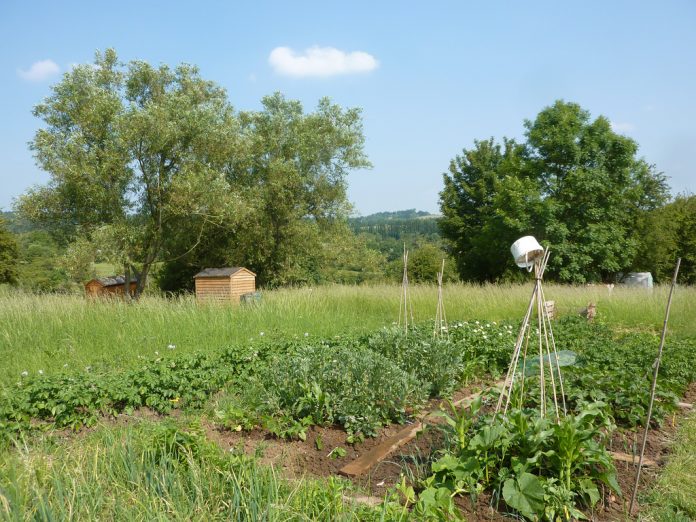- * Making it easier for producers of organic fertilisers to sell them across the EU
- * More choice for farmers, reduced health and environmental risks for consumers
- * Cadmium limit of 60 mg/kg to apply three years after entry into force of the new rules
New rules easing access to the EU single market for fertilisers made from organic or recycled materials and setting limits for cadmium were agreed on Tuesday.
“I am pleased that today we finally reached a very good agreement after long negotiations, technical meetings and a huge amount of work that has been done with four Presidencies of the Council in the past two years. Today’s agreement represents a success for all parties involved and the European Parliament,” said Internal Market Committee rapporteur, Mihai Ţurcanu (EPP, RO).
Cadmium limits
The agreed text introduces limits for heavy metals, such as cadmium, in phosphate fertilisers to reduce health and environmental risks. The limits for cadmium content in “CE marked” phosphate fertilisers will be 60 mg/kg as from the date of application of the regulation (i.e. three years after its entry into force).
A review clause requires the European Commission to review the limit values, with a view to assessing the feasibility of reducing them, four years after the date of application of the new rules (i.e. seven years after entry into force).
The co-legislators also agreed on a voluntary “low cadmium” label. Where the fertilising product has a cadmium content lower than 20 mg/kg, the statement “Low cadmium (Cd) content” or similar, or a visual representation to that effect, may be added.
Sufficient incentives should be provided to develop decadmiation technologies and to manage cadmium-rich hazardous waste by means of relevant financial resources, the lawmakers added.
Boosting the use of organic and waste-based fertilisers
Existing EU rules on fertilisers cover mainly conventional fertilisers, typically extracted from mines or produced chemically, with high energy-consumption and CO2 production. Diverging national rules make it difficult for producers of organic fertilisers to sell and use them across the EU single market. The new legislation, provisionally agreed on Tuesday:
- promotes increased use of recycled materials for producing fertilisers, thus helping to develop the circular economy, while reducing dependence on imported nutrients,
- eases market access for innovative, organic fertilisers, which would give farmers and consumers a wider choice and promote green innovation,
- establishes EU-wide quality, safety and environmental criteria for “EU” fertilisers (i.e. those which can be traded in the whole EU single market).
Currently, only 5% of waste organic material is recycled and used as fertilisers. According to estimates, if more biowaste was recycled, it could replace up to 30% of non-organic fertilisers.
The EU imports more than 6 million tonnes of phosphate rock a year, but it could recover up to 2 million tonnes of phosphorus from sewage sludge, biodegradable waste, meat and bone meal or manure, according to the Commission.
Nearly half of the fertilisers on the EU market are not covered by the existing legislation. The new one, which will replace the current 2003 Fertilisers Regulation, includes all types of fertilisers (mineral, organic, soil improvers, growing matters, etc.).
“EU” fertilisers need to meet all the quality, safety and labelling requirements under EU rules and can be traded freely across the EU single market.
The provisional agreement still needs to be confirmed by the EU member states’ ambassadors (Coreper) and by Parliament’s Internal Market Committee. The draft regulation will then be put to a vote by the full Parliament in an upcoming plenary session and formally approved by the EU Council of Ministers.

